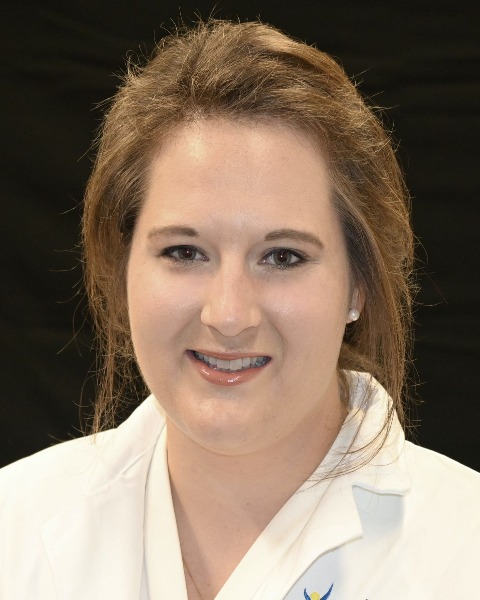Diabetes
Poster Session 4
(1163) Maternal and neonatal outcomes with severely elevated 1-hour glucose challenge test

James D. Toppin, MD, MPH
Ochsner Health
New Orleans, LA, United States- EP
Erika Pettis, MD
Ochsner Health
New Orleans, LA, United States 
John A. Morgan, MD
Fellow
Ochsner Clinic
Metairie, LA, United States
Shannon McCloskey, MD
Fellow
Ochsner Clinic Foundation
New Orleans, LA, United States- MM
Meenakshi Mishra, PhD
Ochsner Clinic
New Orleans, LA, United States - RC
Roberto X. Calix, MD
Instructor
Ochsner Health
New Orleans, LA, United States 
Joseph R. Biggio, Jr., MD, MSc
System Chair, Women's Services
Ochsner Health
New Orleans, LA, United States- FW
Frank Williams, MD, MPH
Ochsner Clinic
New Orleans, LA, United States
Primary & Presenting Author(s)
Coauthor(s)
Strategies to diagnose gestational diabetes mellitus (GDM) remain contentious. Severe hyperglycemia (≥ 200 mg/dL) on a 1-hour glucose challenge test (GCT) is associated with high risk for failed 3-hour glucose tolerance test (GTT). We compare perinatal outcomes for those managed as GDM by severe hyperglycemia on GCT alone to those diagnosed by full two-step assessment.
Study Design:
We performed a retrospective cohort study of pregnant patients with late second or early third trimester GCT > 140 mg/dL in a large healthcare system from 2016-2021. Those with pregestational diabetes, early GDM diagnosis, higher order multiples, preexisting cardiac or renal disease, chronic steroid use, and serious fetal anomalies were excluded. Patients managed as GDM based on severe hyperglycemia by GCT alone were compared to those diagnosed by two-step Carpenter-Coustan criteria. The primary outcome was a composite of primary cesarean delivery, macrosomia, shoulder dystocia, neonatal hypoglycemia, or neonatal hyperbilirubinemia. T-test and X2 analyses compared outcomes.
Results:
Among 4415 positive GCT, 296 (7%) had GCT ≥ 200 mg/dL. Of those with severe hyperglycemia, 205 (69%) were managed empirically as GDM, while 91 underwent GTT. Severe hyperglycemia on GCT was associated with 12-fold increased odds of failed GTT (82% vs 18%, OR 12.0, 95% CI 6.9-20.6); such patients more likely to have blood glucose > 300 mg/dL during GTT (figure 1). Patients managed as GDM by severe hyperglycemia on GCT alone had increased body mass index (33 vs 29 kg/m2, p< 0.001). The primary outcome was similar between groups (30% vs 33%, OR 0.9, 95% CI 0.6-1.2). Compared to GDM patients diagnosed by two-step, those diagnosed by GCT alone had higher incidence of GDM A2 (24% vs 8%, OR 3.6, 95% CI 2.5-5.2) and were more likely to deliver preterm (27% vs 14%, OR 2.25, 95% CI 1.61-3.15).
Conclusion:
Severe hyperglycemia on GCT is associated with low likelihood of normal GTT and increased risk for GTT serum glucose > 300 mg/dL. With similar outcomes via either diagnostic method, empiric treatment based on the GCT alone seems reasonable.


